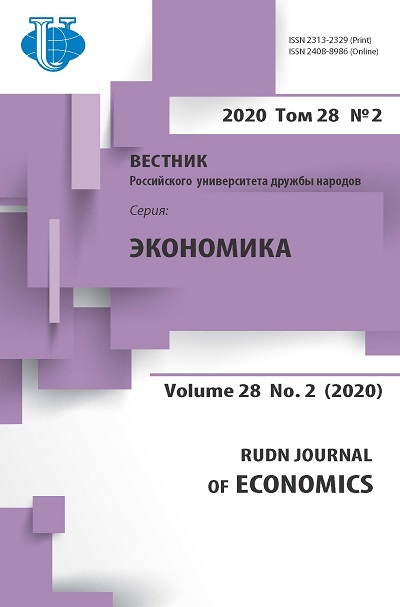Abstract
The aim of the study is to identify patterns of localization of housing construction and structural changes in the Moscow agglomeration under the influence of transport accessibility from new housing. The research method is based on the monitoring of multistory housing projects. The transport accessibility was analyzed with the help of Google Maps service, which allows to determine the travel time by car and public transport from housing projects to the center of Moscow. The key factor determining the location of housing projects is a compromise between the transport accessibility of the Moscow labor market, which is largely concentrated in the center of the capital, and the cost of housing. The urge to minimize the travel time causes structural changes in different zones of agglomeration. The reorganization of the former industrial ring along the Third Ring Road is stimulated by the good transport accessibility of the city center. Travel time by car does not exceed 0.5 hours for 77% of residents of new buildings in this zone. In the 10 km zone outside the Moscow Ring Road, the travel time to the center by car does not exceed 1 hour for 94% of the residents of new buildings. The combination of acceptable travel time to the center of the capital and inexpensive housing costs leads to the development of inter-highway intervals. Travel time to the center by public transport does not exceed 1.5 hours for 38% of residents at a distance of 10-30 km from the Moscow Ring Road. The need to ensure for residents the accessibility of the center leads to the strengthening of the axes of settlements along the main transport corridors. On the periphery of the agglomeration, the increase in travel time (more than 2 hours) leads to the orientation of residents mainly to the local labor markets.















